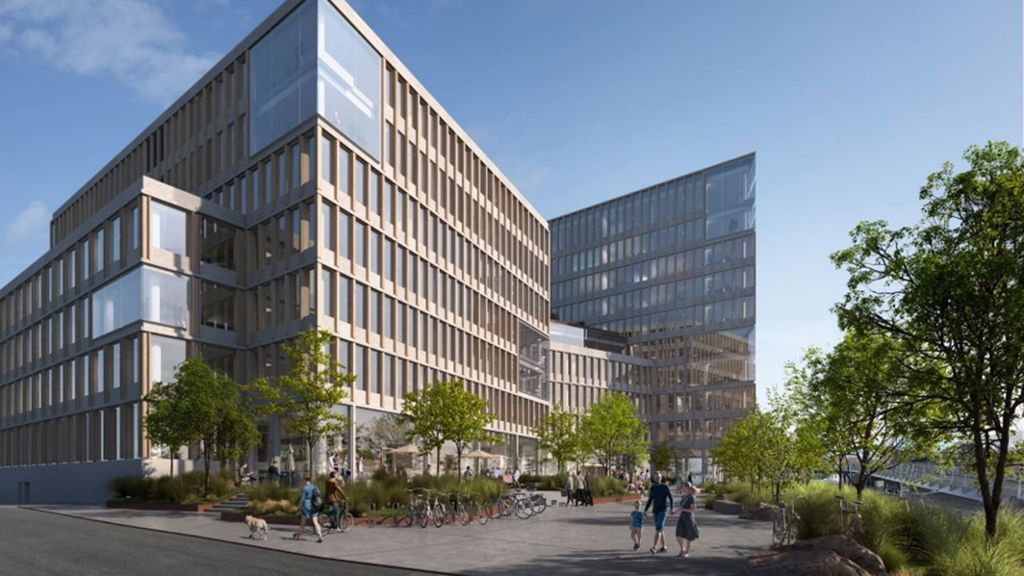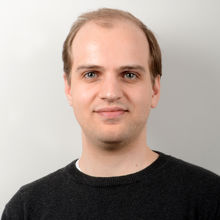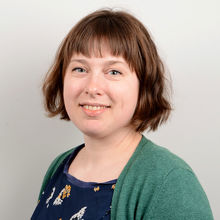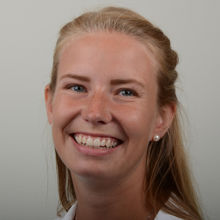Campus Ullevål – Optimized design of deep excavations in soft clay
The main objective is to raise the industry's expertise in designing and modelling deep construction pits in clay.

The continuous development of urban areas often requires underground constructions close to existing structures and in challenging ground conditions.
In Norway, deep excavations in soft marine clays are usually supported by sheet pile walls (SPW) and tieback anchors or internal struts, often combined with ground improvement with lime-cement columns to safeguard the excavation pit and its surroundings until the permanent structure provides sufficient support.
As part of the construction project Campus Ullevål, NGI has initiated the research project CURIOUS - Campus Ullevål: Research and Instrumentation Of Underground Structures to research problems related to the geotechnical design of deep excavations in soft clay.
The objective is to move the construction industry towards a more sustainable design of deep-supported excavations in urban environments by implementing enabling technologies.
The research project will install a significant instrumentation program to monitor and assess the performance of the support structure during the excavation stages. The instrumentation will include testing advanced sensing techniques for comparison.
The project and the assignment
CURIOUS will continue until the end of 2025 and is divided into several work packages (WP) related to different topics in geotechnical design in urban environments. Below follows a short description of some topics which can be relevant for one or more MSc candidates for a project and/or master's thesis in autumn 2023 and spring 2024:
Earth pressure and deformations in the cantilever support structure
Usually, the sheet pile wall is supported by tieback anchors or internal struts to achieve necessary geotechnical stability and avoid unacceptable deformations.
Cantilevered sheet pile walls are rarely used in Norway, and there are relatively large uncertainties related to the active earth pressure behind the sheet pile wall. This makes it hard to predict the deformations during excavations.
There is a need for further studies and the development of guidelines on the design of deep cantilevered sheet piles in soft clay.
Load absorption and deformations in lime-cement stabilized clay
Lime cement stabilization (LCS) is often used to improve the strength and stiffness of clay. At Campus Ullevål, a rib pattern with lime cement is installed to improve the stability and support the sheet pile wall.
Despite massive use and experience using LCS in Norway, there are still questions that need to be studied: i) how the load distribution in the stabilized clay is, ii) which stiffness is achieved in the stabilized soil volume, and iii) how to account for 3D effects as arching and more in the numerical modelling.
Digital twin for deep construction pits
The construction industry is undergoing rapid digital development, where infrastructure projects have adopted BIM, which is a small step towards a two-way digital twin.
One of the main objectives of CURIOUS is to develop and test methods for using digital twins to optimize and make the design of deep excavations more sustainable.
As several exciting topics will be researched, the task and objectives will be shaped according to the student's interests and skills.



Marit Skaug Løyland
Project Engineer I Onshore Foundations marit.skaug.loyland@ngi.no+47 415 06 645
